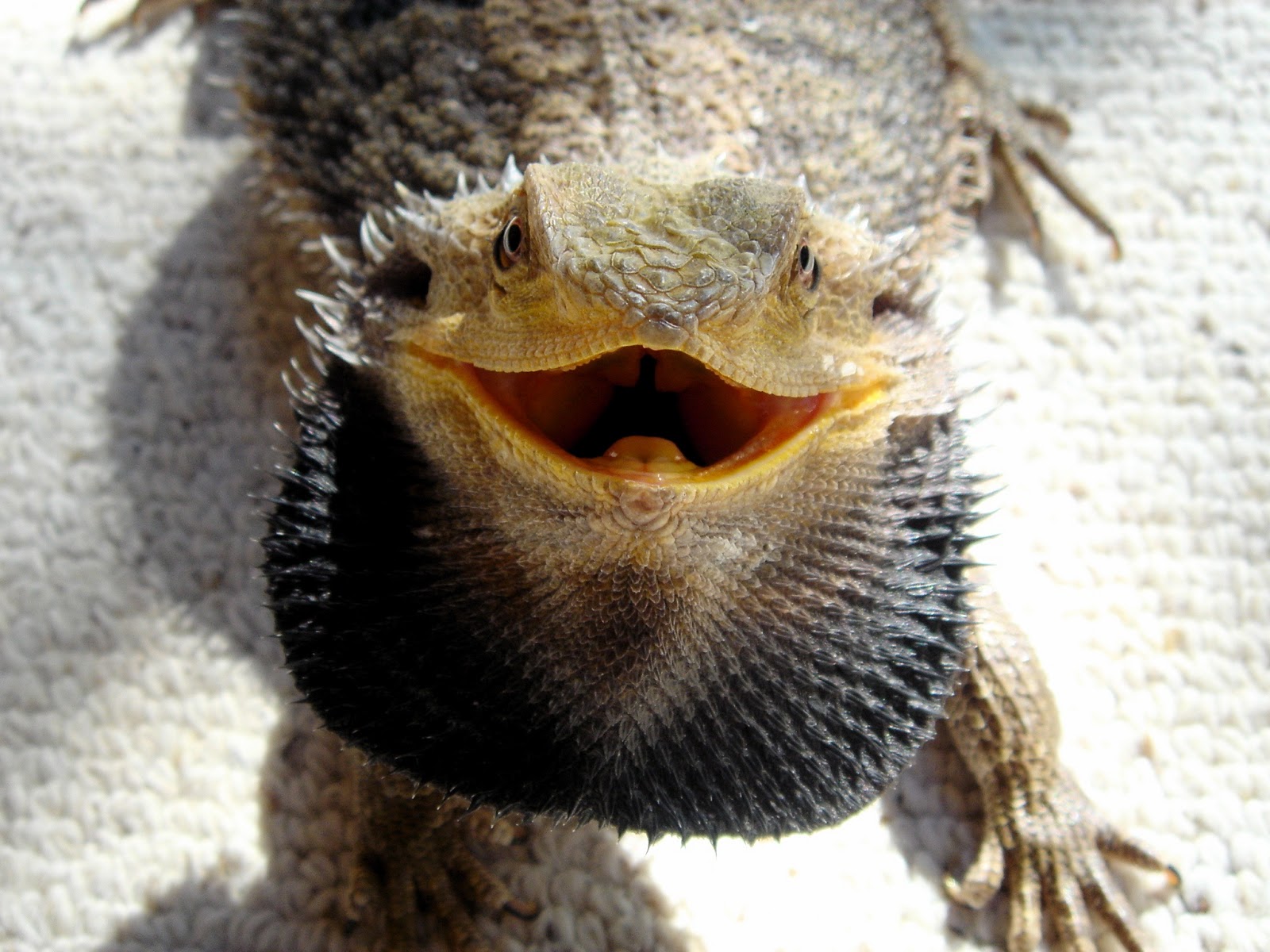How Often Should I Hold My Bearded Dragon? Your Guide to Healthy Handling
Introduction
If you’re a new bearded dragon owner, you may be wondering how often you should hold your pet. Bearded dragons are known for their calm and friendly personalities, making them popular pets. However, it’s important to understand how to properly handle them to ensure their health and happiness.

Understanding Your Bearded Dragon’s Needs
Before you start handling your bearded dragon, it’s important to understand their needs. Bearded dragons require a certain temperature and lighting to stay healthy, so make sure their enclosure is set up properly before you begin handling them.

In addition to the right environment, bearded dragons also need a balanced diet and plenty of water. Make sure your bearded dragon’s diet includes a variety of insects and vegetables to ensure they achieve the right balance of nutrients. Keeping your bearded dragon hydrated is also important for their overall health.
Why Handling Is Important
Handling your bearded dragon is an important part of building a relationship with them. Regular handling can help your bearded dragon become more comfortable with you, which can lead to a more fulfilling pet-owner relationship.

In addition, regular handling can help your bearded dragon become more comfortable with being handled in general. This can make it easier for them to receive veterinary care or other necessary handling in the future.
How Often to Handle Your Bearded Dragon
When it comes to how often to handle your bearded dragon, there’s no one-size-fits-all answer. It’s important to start slowly and let your bearded dragon get used to being handled.
Start with short handling sessions of no more than 5-10 minutes once a day. As your bearded dragon becomes more comfortable, you can gradually increase the length and frequency of handling sessions.
However, it’s important to pay attention to your bearded dragon’s behavior. If they start to show signs of stress or discomfort, such as puffing up or turning black, it’s time to end the handling session.
Tips for Handling Your Bearded Dragon
- Wash your hands before handling to avoid transferring any bacteria or viruses.
- Support your bearded dragon’s body properly to avoid causing injury.
- Avoid grabbing or squeezing too tightly.
- Never pick up a bearded dragon by its tail, as this can cause serious injury.
- Avoid handling your bearded dragon right after it eats, as this can cause digestive issues.

Conclusion
Bearded dragons are wonderful pets that can bring joy and companionship to your life. Handling them properly is an important part of keeping them healthy and happy. Start slowly and pay attention to your bearded dragon’s behavior to ensure that handling sessions are a positive experience for both you and your pet.
